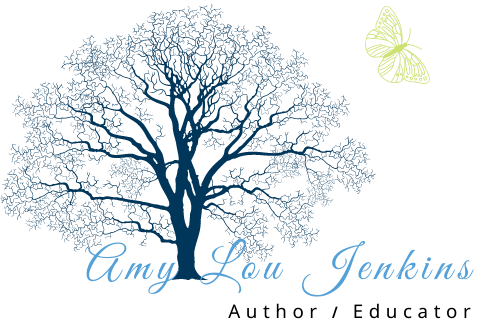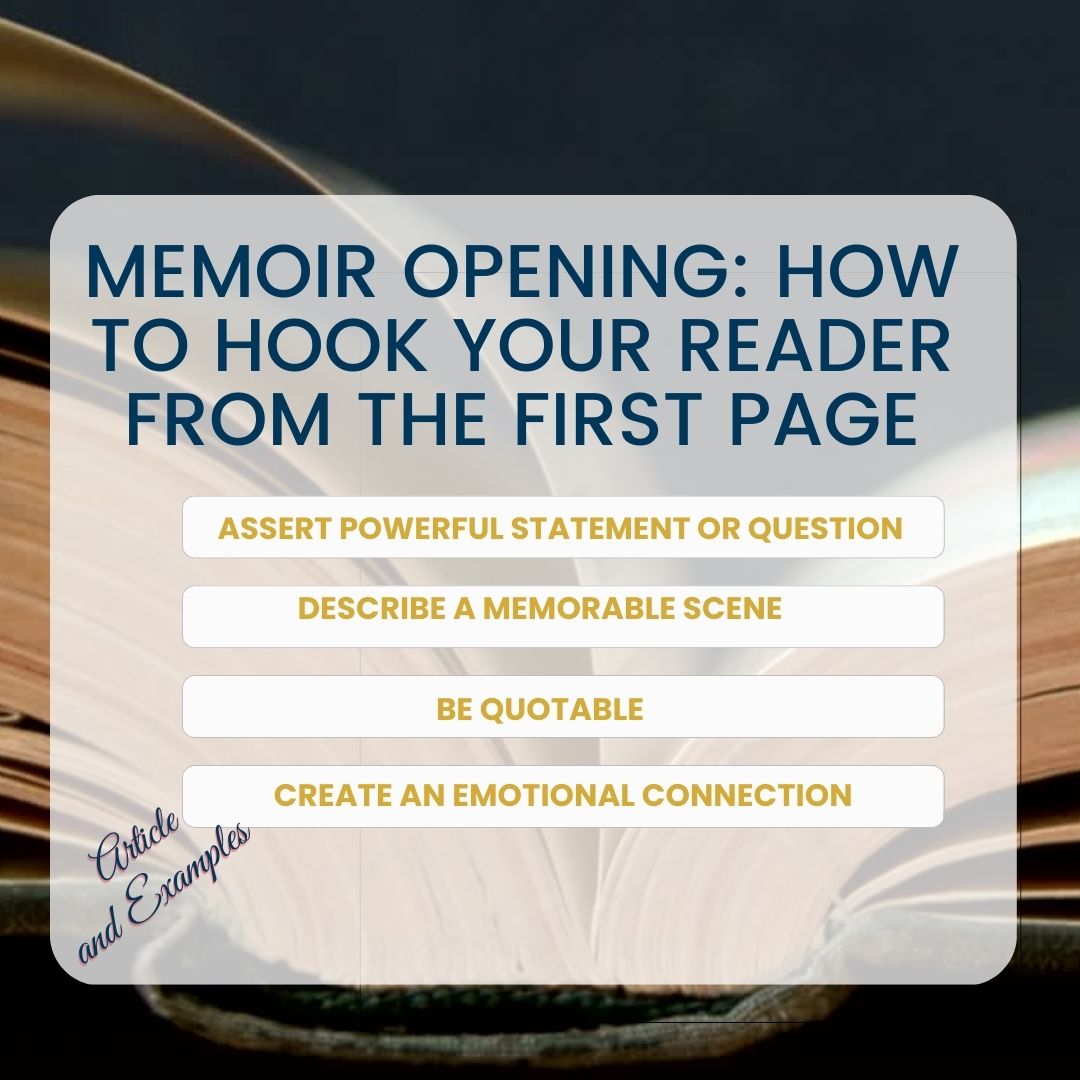
Memoir Opening: How to Hook Your Reader from the First Page
Memoir Opening: Exploring the Best Ways to Begin Your Memoir
Memoirs artfully share your experiences and story with the world. But, how do you start your memoir in a way that hooks your readers and keeps them engaged throughout the book? The memoir establishes a connection between the readers and the writer.
Let's explore memoir beginnings and provide examples to guide you in starting your memoir. You don't have to have the perfect opening as you write your book. Remember that perfectionism in the drafting phases will stall most writers.
I once heard Sven Birkerts say that he settles for the words he can stand to hear himself writing when it comes to drafting. But eventually, you want to create a contract with the reader so that your audience understands who is speaking, what is at stake, and what kind of journey they will take. And they must care enough about your story to keep reading.
1. Start with a powerful statement or question
A powerful statement or question can immediately capture your reader's attention and create a sense of intrigue. For instance, "I killed my husband. The police have no idea," is a great opening statement from Ann Rule's book about the true-crime story of Diane Downs, entitled "Small Sacrifices." This statement immediately piques the reader's curiosity and sets the tone for what's to come. Similarly, "What would you do if you had to leave everything you know behind and start your life anew?" is a question that captures the reader's attention and compels them to keep reading. The beginning is a place to be bold and assertive.
2. Describe a memorable scene
Another way to create a strong memoir opening is, to begin with a memorable scene from your life. This allows readers to visualize the event and feel as if they were present at that moment. For example, "This hot summer day my parents took me to the park for a picnic. I remember feeling the grass tickle my toes as we played a game of frisbee. Suddenly, my mother's laughter turned into sobs as she received a phone call that changed our lives forever," sets the scene at the beginning of "Educated" by Tara Westover. This opening sets the tone for a poignant memoir that details her journey from a religious fundamentalist family in rural Idaho to the halls of Harvard and Cambridge. Choose a scene that represents both setting and a change or challenge with high stakes.
In 'Lab Girl' Hope Jahren walks with her father to his lab on a winter evening. With each step, she creates the childhood town she grew up in and the lab which became the center of her passions and challenges.
In 'White Dresses' Mary Pflum Peterson begins by taking the reader on a stinky crawl through her mother's hoard of rancid junk to try to find the heirloom dresses that held the meaning of a better legacy.
3. Be quotable
Original quotable phrases can be used as powerful memoir openings. They can add depth and meaning to your memoir by providing context or foreshadowing what's to come. For example, 'Angela's Ashes' by Frank McCourt begins with the words, "Worse than the ordinary miserable childhood is the miserable Irish childhood, and worse yet is the miserable Irish Catholic childhood." The quote effectively summarizes the memoir's theme and introduces the readers to the author's unique voice. McCourt establishes that he's funny and is going to explore misery. If you are funny, snarky, intellectual, bold, or witty. Be you. Select the version of yourself who will be the most compelling narrator of your story. Find authentic boldness to imbure your narrator. Be quotable.
4. Create an emotional connection
A successful memoir creates an emotional connection between the writer and the reader. One way to establish that connection is by starting with an emotional scene or event that the reader can relate to. For example, early in Joan Didion's memoir, she writes "It was the day I became a widow. I sat on the edge of the bed, clutching the death certificate, trying to make sense of the sudden loss of my husband." This opening from "The Year of Magical Thinking" by Joan Didion connects with readers who have experienced the grief and confusion that often follow the loss of a loved one.
In 'Becoming,' Michelle Obama writes "I spent much of my childhood listening to the sound of striving." She then describes the sound of her Great Aunt's piano students moving through the house. And she takes us through the house as the sounds of music and her great Aunt's admonitions moved through her "tidy brick bungalow." She sets the scene and what it represented.
Conclusion
The memoir opening is the first step for the reader in connecting them to your story. By using a powerful statement, a memorable scene, a quotable assertion, or an emotional connection, you can create a compelling start to your memoir. Remember, the opening sets the tone for the rest of the book, so put some thought into creating a hook that entices readers to keep turning the pages.


